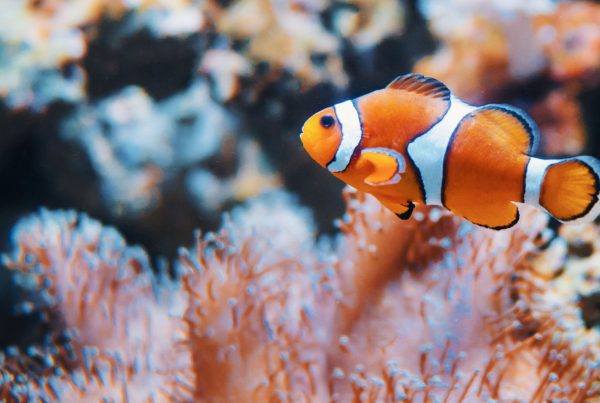Scientific evidence suggests that artificial light at night has adverse and sometimes even lethal effect on many land animals, including amphibians, birds, mammals, insects and plants, making the global warming not the only issue which affects the natural conditions of animals, their reproduction and searching for food.
We are disturbing the natural environment of species
Many animals use sunshine and moonlight cycles to time their mating rituals, activities, sleeping schemes and searching for food. However, the level of light pollution in some areas is currently so high that it prevents them from using their natural instincts. Animals which rely on the cycle of light and dark are not able to tell where the light comes from and often mistake artificial light for moonlight, starlight or sunshine. Manmade artificial light thus disrupts functioning of entire ecosystems.
Prediction for the future is not favourable at all. Scientists claim the light pollution increases by 2.2% every year. In is, therefore, assumed that if we do not start fighting light pollution, its effects on animals will be more and more significant. And the solution is so simple: turn off what is shining uselessly and efficiently set the lights the human needs.
Millions of birds die every year
Birds belong to the animals which are most affected by light pollution and artificial light. The birds which migrate or hunt at night use moonlight and starlight to navigate themselves. However, they cannot see this light in the areas polluted by light, and, at the same time, they are attracted by artificial light from cities, administrative buildings or people’s homes. Artificial light might make them lose course and literally lose their way in the cities which are particularly dangerous for them.
Large cities and high buildings are particularly dangerous for birds which, blinded by the glow of city lights or lights in the high buildings, fly directly towards these sources of light and often hit the buildings. Millions of birds die every year due to the “collision” with uselessly illuminated buildings and towers.
Migrating birds belong to the most threatened
The most collisions occur in spring and autumn, when the artificial light of the cities disorients the migrating birds. Naturally, the situation is most dramatic in case of the birds which migrate at night. According to the studies, artificial light can significantly affect the timing of migration as such. Birds actually rely on the stimuli from their environment based on the precisely timed seasonal schedule. However, artificial lights can cause that birds decide to migrate to soon or too late, thereby missing the ideal climatic conditions for searching for light, nesting and other biological activities.
Animals’ night life is changing
The regime of nocturnal animals is exactly the opposite to that of the diurnal ones – they sleep during the day and become active at night, meaning our day is night for them. Nevertheless, light pollution also affects their lives. As they are used to the dark, artificial light in the evening hours changes their day to the night. According to a scientist, Christopher Kyba, the sky over the cities today is hundreds or thousand times lighter than it was 200 years ago. In his opinion, introduction of artificial light probably represents the most drastic change human beings have made to the environment of night ecology. We are interfering with their natural conditions as well as their biorhythm.
The prey-predator relationship as well as mating rituals are changing
Predators use light to hunt, while their prey use dark to hide. However, due to the effects of artificial light, the prey loses the cover and the previously balanced predator-prey relationship is shifting in favour of the predators. Such an unnatural advantage of the predators can have fatal consequences and implies dramatic decline of some animal species.
Reflections of artificial light can also affect active swamp biotopes which are homes to amphibians, especially to frogs and toads. Night croaking is a part of frogs’ mating ritual. Artificial lights disturb their night activity, causing them fail to reproduce which leads to decline in the population of these species.
Unfortunately, the drastic impacts of light pollution on frogs, birds and nocturnal animals are but one small part of the entire problem. Disruption of biotopes can lead to another terrible ecological crisis and the solution to it might not be as simple as elimination of the excessive night light.



